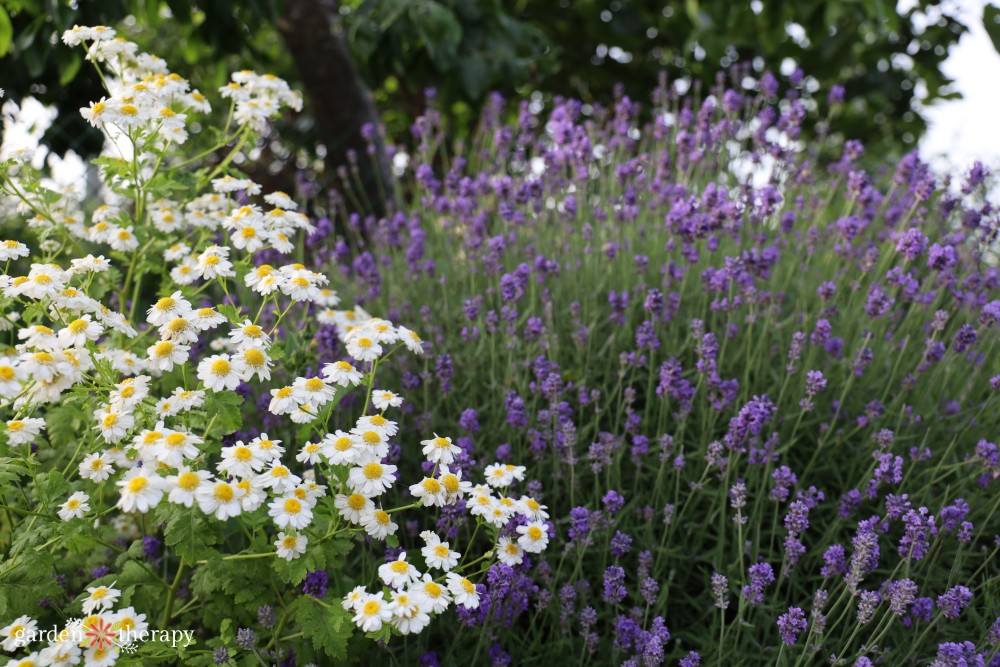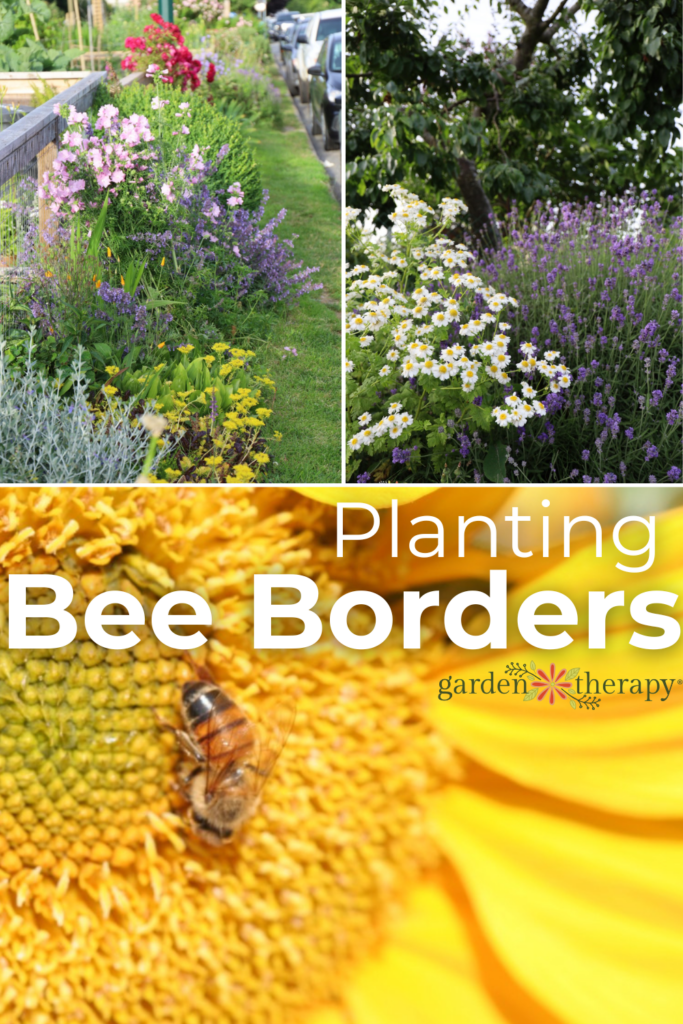A wildlife border is a safe space for local critters and animals to feed, rest, hibernate, and reproduce. By dedicating a small strip of our garden just for the wildlife, we can turn our space into a place that works alongside our local ecosystem rather than fight against it.
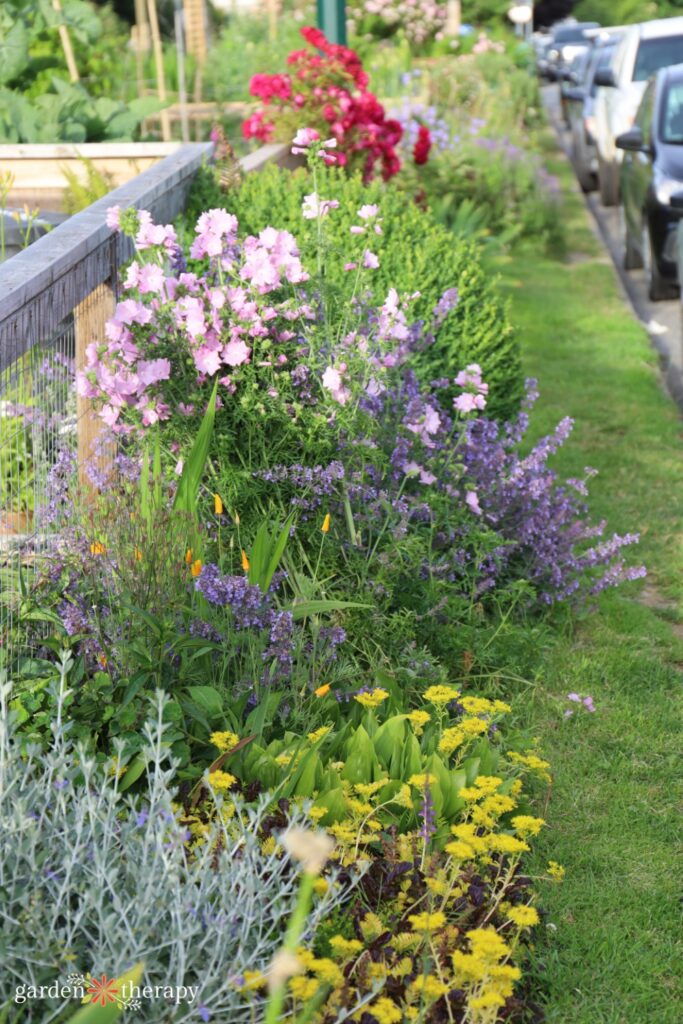
Those weeds in my front yard? Those are for the pollinators. Those seed heads? I’m leaving them for the birds. That mess of brambles? Those are for the little mammals.
That pile of empty plant pots I’ve been meaning to recycle? Well, I wish I could blame those on the wildlife too.
As you can probably tell, I treat my garden as a shared space. I’m highly aware that I’m just one facet of a larger ecosystem. Being in an urban space means there’s less refuge for the local fauna, so I try to make sure that my garden is a little haven for them.
Wildlife borders are just one way you make your garden more friendly for pollinators, birds, small mammals, and beneficial insects.
I know you’re probably picturing a big thicket of leaves and overgrown plants, but I promise you it can still be a beautiful space that fits right into the rest of your garden.
Let me show you how.
What is a Wildlife Border?
Traditionally, borders were skinny, long gardening beds that grew alongside pathways, fences, buildings, and other areas in the landscape. Common with English estates, they were very manicured and complete with small hedges and trimmings.
In recent years, borders have become popular spots to turn into a refuge for local wildlife. These borders can not only look good, but also become a way to support the local ecosystem.
Borders on the edge of properties are often left to naturalize. These borders contain plants that produce berries to feed birds and mammals, flowers to feed and host pollinators, trees and shrubs to create nesting and hiding spaces, and create a safe playground for beneficial insects.


Designing a Wildlife Border
Placement is the first consideration when designing a wildlife border. One that sits untouched at the back of the garden will look very different from one that might line the pathway leading up to your front door.
Most borders range from 2 to 3 m long, but it really depends on your space. Think about the size in proportion to the rest of the yard. I like reminding people that it can be as grand as anywhere else in the garden. You can make it a focal piece of the garden if you desire!
Tailoring the size of a border to your space will also work with the local wildlife, as smaller spaces will have less wildlife, while larger spaces will have lots of visitors.
A wildlife border doesn’t have to look like this wild, unmanaged space. It can look consistent with the rest of your garden. You can easily make your wildlife border fit in through plant choices, colour themes, hardscaping, artwork, size and shape, and more.
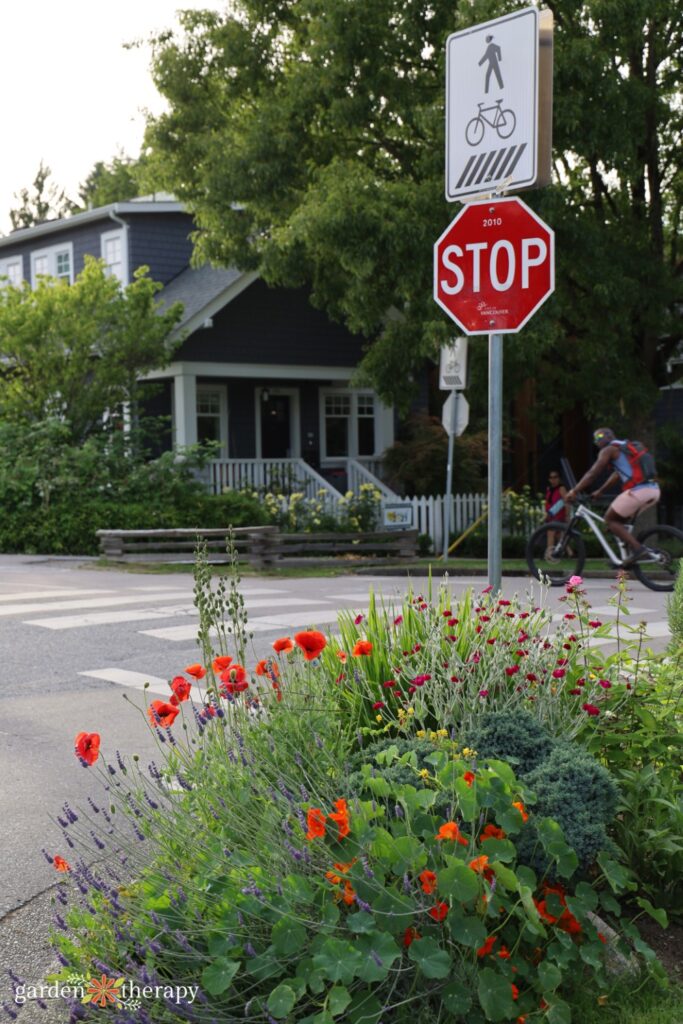

Plants to Choose
Perennials vs Annuals
A wildlife border should mostly consist of perennials. The key is to set it and forget it, letting it naturalize the space. We’re leaving it to become part of the landscape, and annuals just require too much care and maintenance.
Once you have filled your space with taller perennials, shrubs, and vines, you can add in some annuals to fill in the gaps. Put them close to the front so you can easily access them.
I like to plant thick, leaving no bare earth. Groundcovers can work wonderfully to suppress weeds and provide a shady base. Plants with interesting foliage can also help to fill the gaps and provide some pretty, like hostas or coral bells.
You can also sprinkle in some spring and summer bulbs. Spring bulbs are great for providing a food source at the beginning of the season, while summer bulbs often have bright colour and flowers that pollinators love.
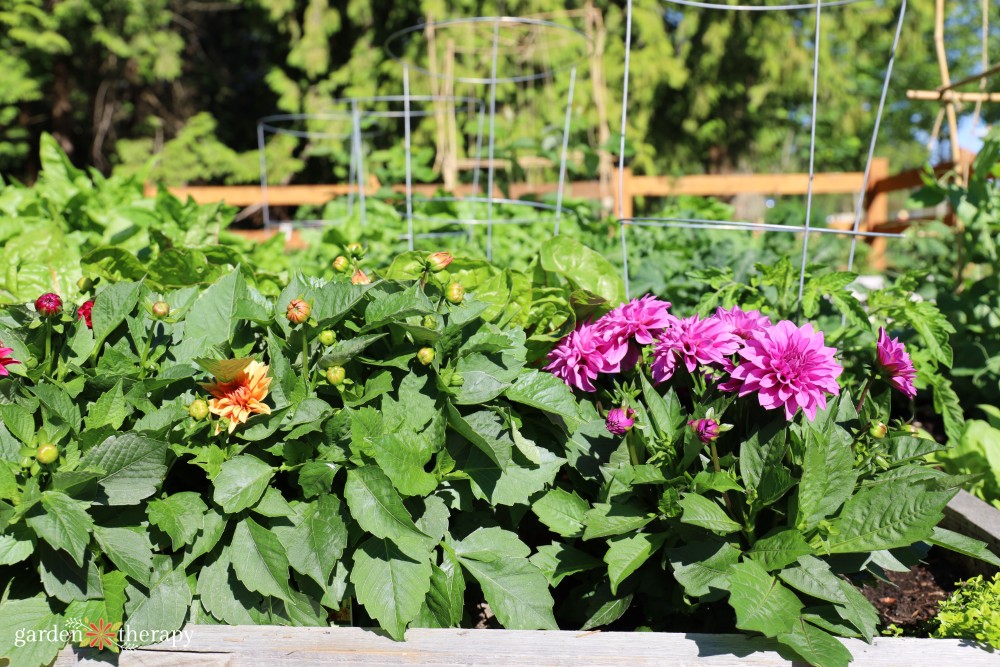

Native and Low-Maintenance Plants
You can plant both native and non-native plants—remember that the garden is still yours and you can plant whatever makes you happy!
That being said, native plants are a great choice for wildlife borders since they’re already a sure bet to fit right in with pollinators, birds, insects, and mammals.
Native plants are extremely low-maintenance and can be left to their own devices. We don’t want to disturb the wildlife, so we want plants that don’t need lots of pruning, deadheading, or watering.
Many wildlife borders are also not in the most accessible areas, like along a fence, and we can’t maintain them like the rest of the garden. Make sure to choose plants that will thrive in your garden conditions and the amount of sun where your border will sit.
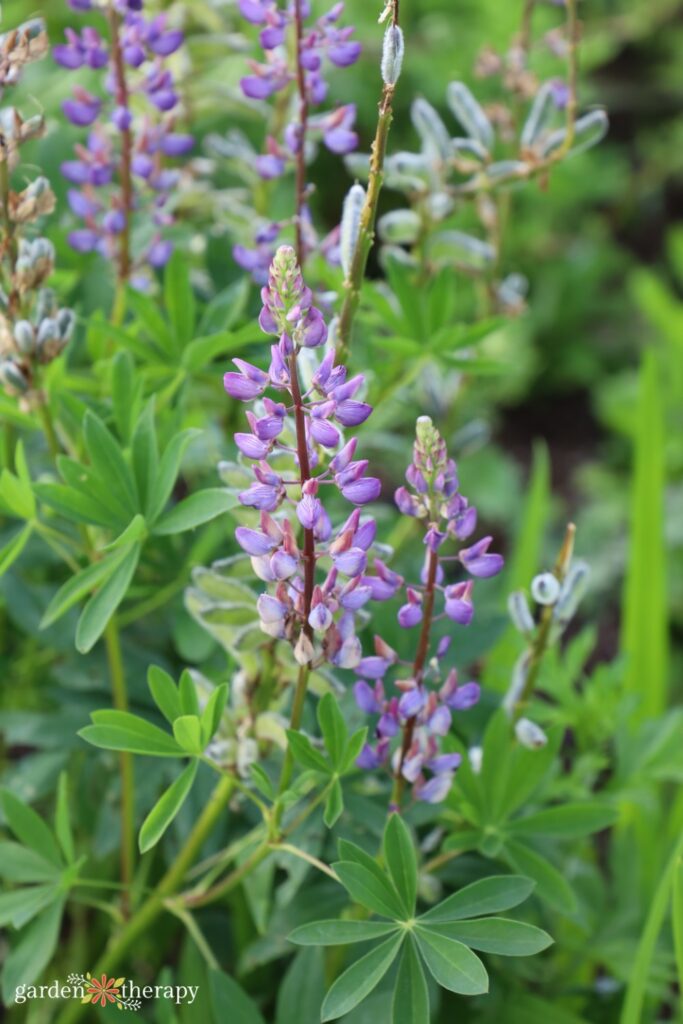

Pollinator-Friendly Plants
The best part about planting pollinator-friendly plants is that they’re also beautiful! The flowers smell amazing and are colourful with the sole purpose of attracting pollinators, and we just get to sit back and enjoy them.
Include key flowering plants that provide nectar and pollen for your local bees, butterflies, and pollinators. Remember, you need to plant lots to attract the pollinators and get them to land. I have a huge list of bee-friendly plants in this post, as well as butterfly-friendly plants here.
Also plant host plants for your pollinators. Host plants are specific plants that insects like caterpillars feast on. For instance, milkweed is famous as being the only plant that monarch butterfly caterpillars will eat, so it’s essential for their population.
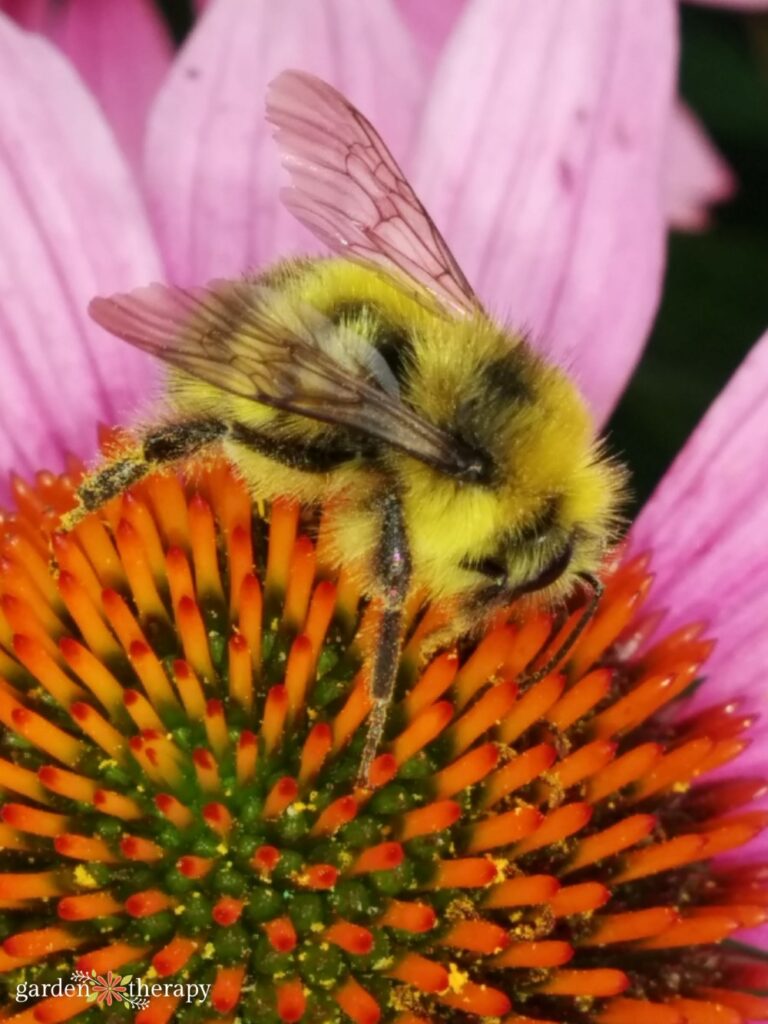

Blooming Time
Another aspect to consider for your flowers is the blooming time. Plants that will leaf, flower, and fruit at different times of the year will extend the food sources for wildlife and provide an attractive year-round display.
Include long-blooming flowers and stagger blooming times so there’s something year-round. Some come out early, and some stick around late! List all the plants you want to include in your wildlife border and note their bloom times. Make sure there is overlap, and fill in any gaps that you will see.
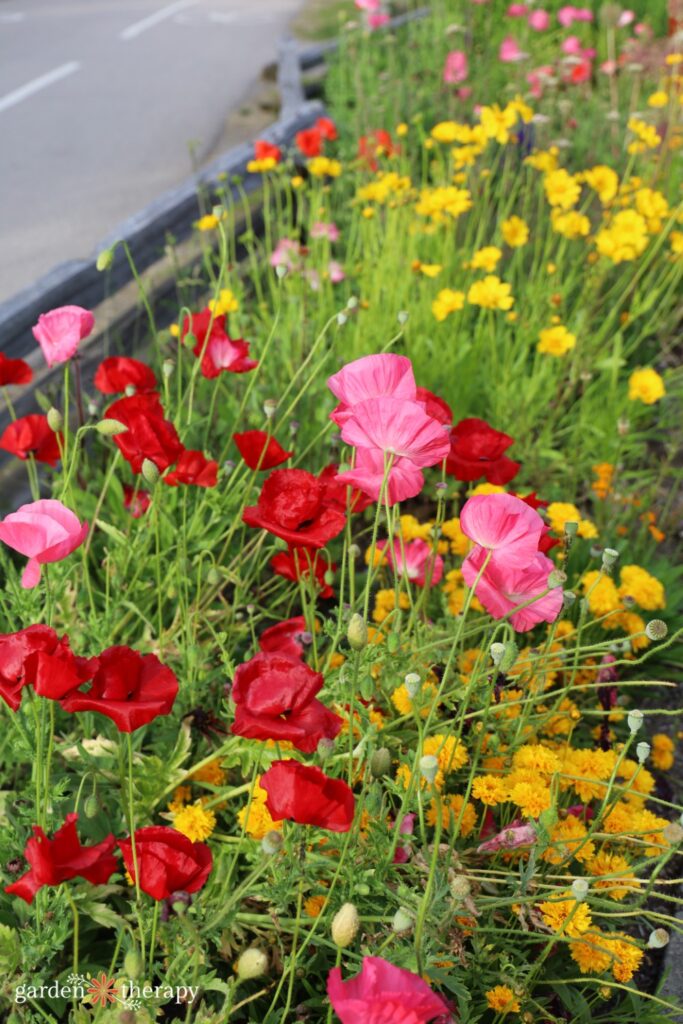

Bug Hotels and Feeders
Besides plants, you can add a few other items to your border to help out wildlife. Include a bug hotel as a safe place for insects to overwinter and be safe from garden work. They also look beautiful! You can hang them along a fence or build them as a free-standing structure within the garden bed.
Likewise, you can add bird feeders, bird baths, bee baths, and butterfly mud puddles to your wildlife border.
Wildlife Hedges
Wildlife hedges are a step further than wildlife borders, allowing two ecosystems to meet. They’re often used when your property is on the edge of a wild space or a different ecosystem. It provides a transition for the creatures who share that space to have somewhere safe to go.
Think of them as more wildscaped spaces that are less curated, and more so act as a barrier.
Evergreen plants are great options, as they allow for a hedge to provide wildlife throughout the seasons. Plants with thorns provide protection from larger predators, making the hedge a safe haven for wildlife.
Native plants can thrive in smaller gardens and urban areas, so it is helpful to keep on top of pruning and managing hedges while also being careful not to remove nests or homes. Do not prune hedges during nesting season (spring through summer) in cool climates.
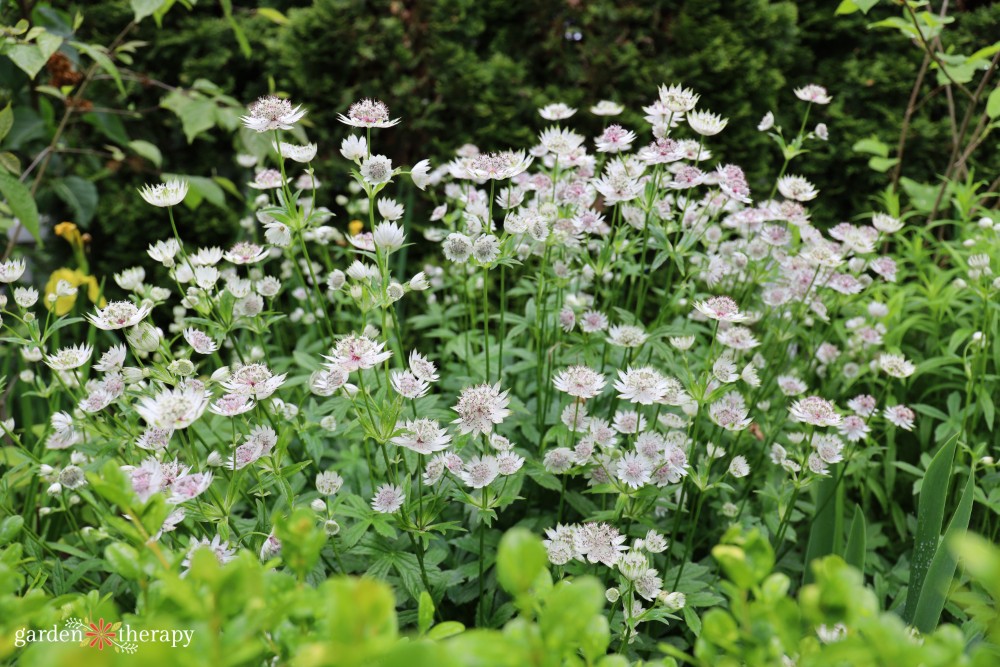

FAQ About Wildlife Borders
Here are a few of my go-to low-maintenance plants that would be great for a wildlife border:
– Rudbeckia
– Lavender
– Sedum
– Creeping phlox
– Catmint
– Yarrow
– Rosemary
– Liatris
– Daylilies
– Milkweed
– Echinacea
– Salvia
– Shasta daisy
– Tickseed
Include a mixture of small flowering trees, shrubs, evergreens, brambles, vines, and herbaceous plants in a wildlife border. A diverse mix of native plants will allow for wildlife to find food and nesting sites throughout the year.
A border garden is a narrow garden bed that runs alongside a pathway, fence, building, or other garden structure. They are great transition spaces meant to define an area specific for planting as opposed to a lawn, patio, or path.
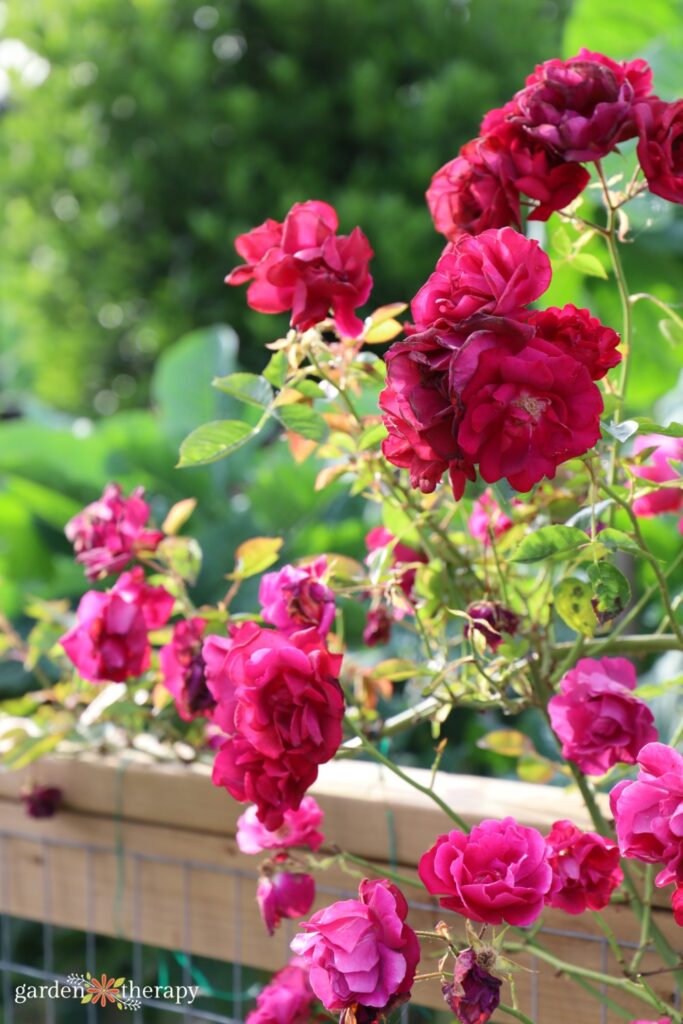

More Ways to Support Wildlife
A city girl who learned to garden and it changed everything. Author, artist, Master Gardener. Better living through plants.


